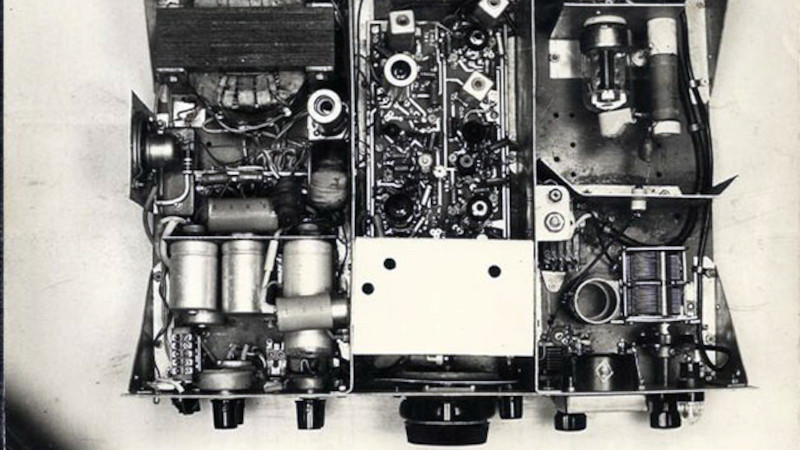Some of the daily normalities of life in the Cold War seem a little surreal from our perspective in 2023, when nuclear bombers no longer come in to land just down the road and you can head off to Poland or Czechia on a whim. Radio amateurs were one of the few groups of civilians whose activities crossed the geopolitical divide, and even though an operator on the other side from ours couldn’t buy a shiny Japanese radio, their homebrew skills matched anything we could do with our Western soldering irons.
[Bill Meara N2CQR] is particularly interested in one line of Cold War-era Communist homebrew radios, the tube-based Cuban “Islander” and its solid-state “Jaguey” sibling. It’s a homebrew double-sideband transceiver design built using readily-available Soviet TV parts, and though he’s published what he can find, he’s on the lookout for more info about these interesting rigs.
The mechanics of a DSB transceiver are simple enough, in that an oscillator and balanced mixer can serve as both modulator and as direct conversion receiver. The fuzzy black and white photographs give frustratingly little detail, but we’re impressed by the quality of what we can see. We have readers all over the world (including we hope, some in Cuba), so perhaps if you know something about these radios you can give Joe a hand. It’s a design that deserves to be appreciated.
For more epic Cold War hackery on the Communist side, read our colleague [Voja Antonic]’s story of his personal computer odyssey.
















Esperemos que algún día USA le quite las sanciones a Cuba.
Let’s hope Cuba agrees to reparations, so that this can happen!
WRONG, again.
Read the fact books, even those fabricated by the CIA and so forth.
No nuce bomber was sent from USSR or russia EVER, no one even tied to intrude.
There was NO bomber gap, there was no Missile gap, Lie, just to jistifiy huge amount of tax payers money sent over to the military industrial complex.
FACTS matter.
Aren’t TU-95s still intercepted by NORAD to this day? Just asking.
And TU-160s. You really should not feed that crazy guy he just doesn’t have any idea about Cold War History.
Yeah. US photographed 20 Soviet bombers on 1 airfield, and extrapolated that they must have 600 of that type. :) They only had about 20 Myasicshev bombers at the time.
https://en.m.wikipedia.org/wiki/Bomber_gap
This is an audience who can think for themselves. You’d do much better earning your pay on Twitter or YouTube, Petrov.
These severely resource constrained rigs are always a cool peak at how things ware done under such conditions.
Sadly it is still at tad like that in Cuba.
Folks report that the BJT’s used in the energy saving lamps in Cuba (as they had a massive campaign to replace incandescents with those) give a watt on 80m and 40m ham bands.
Hm. It uses multiple chambers for shielding, which is a good thing. Engineers of today could learn from that.. On the other hand, it’s cramped and not as modular as the later Yaesu FT-101. So it’s annoying to service, I suppose. That could have been done better, IMHO. It seems to have a built-in PSU, which is good. Or bad, if it lacks capacitors for stabilization. The oldtimers here may remember how funny USSR stations did sound in morse telegraphy because of this. ;)
There’s a partial schematic over there now. “If there’s no schematic it doesn’t exist”.
Arnie Coro CO2KK became a Silent Key in January at age 80. I would bet that he knew much about the radio pictured. RIP Arnie